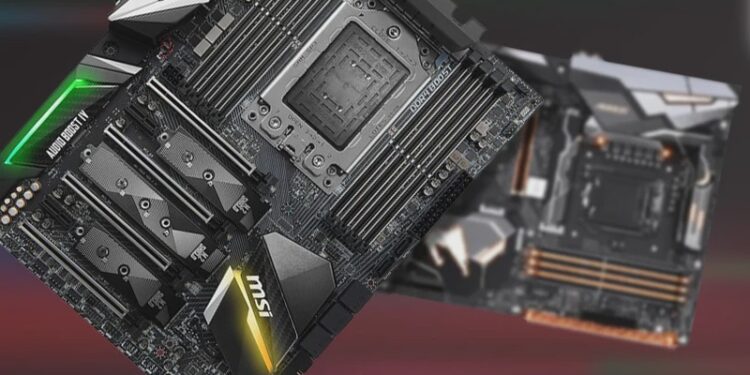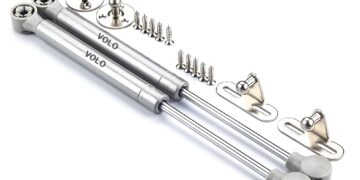More and more people are working on developing their own PC towers to make a truly unique experience. From monitors to motherboards, the options are endless.
The most important part of any build is going to be the motherboard. A motherboard is responsible for keeping the computer running and creating the connections between all of the other elements in a computer. Processors, graphics cards, and storage and memory are all a part of what the motherboard connects, controls, and powers.
Here, we are going to cover what you need to look into and figure out prior to purchasing a motherboard. If you already know what you are looking for, check out this Dossier Labs motherboard review.
Let’s begin!
Processor
A motherboard houses all of the connections to each part of your computer. This means that each motherboard has a specific processor that it can connect to. For example, in the motherboard review above, the Gigabyte Z390 UD specifically connects to 8th and 9th generation Intel processors.
There are endless processors that you can look for. What it comes down to is what you need. Here are some questions to ask yourself:
- How quickly do I need my computer to run?
- What am I going to use my computer for?
- How much can I spend on a cooling system or fans?
- Is what I plan on doing going to overclock my system?
Once you’ve answered these questions, it will be easier to figure out which motherboard you need. You’ll want to make sure that your tower or however you are doing your PC set-up has room for a cooling system for the higher level processors.
Storage
Motherboards have ports that are called SATA connections. These connections allow high amounts of information storage to be connected to the motherboard. It is very important to consider how you want your storage to be done in your PC. Are you looking for high storage and processing? Then you would want a motherboard with more SATA ports.
Generally speaking, a terabyte of information is pretty handy to have. You may want this in the form of an SSD or an HDD. An SSD is a solid state drive that operates at higher rates needed for gaming while an HDD, or hard disk drive, takes a little longer to access stored information. HDD storage is slowly but surely phasing out due to how long it takes to find magnetically stored information. Whereas an SSD stores information in its circuits which not only means faster access but more compact storage.
Operating System
Most motherboards are going to be able to support multiple operating systems (OS). Some may have fewer that they support, but there should be at least two OSs that a motherboard can support. An operating system is how your computer is going to look and what main programs are going to be used to run your computer. For example, these are a few of the types of OSs that motherboards support:
- Microsoft Windows
- Mac OS X
- Linux
Most people tend to stick with variations of Microsoft products or Mac, but there are other options that each have their pros and cons. Look through what operating systems you want and then start to look for a motherboard that fits what you would like.
Connections
A motherboard is going to have MANY different types of connections. Think of it as a hub that collects, sends out, and redirects information, power, and grants access to all of the inner workings of the PC. You’ll want to make sure that you at least have USB and an ethernet connection; you will also need to check to see how many PCIe (peripheral component interconnect express) ports there are. These connections allow you to connect all of your additional pieces of the computer together and these connections also allow access to the power needed to run each part of the computer.
Price
What many people have to keep in mind is the price of an item. There’s usually a budget that has to be followed so you don’t end up spending 5K on a computer when you only wanted to spend $1,000.
Building your own computer does add up very quickly but there are ways to shop for your parts. Check out sites like NewEgg for deals and refurbished items, look through Amazon for refurbished items, and keep your eye out for parts at your local computer store.
Tracking pricing through the stores and online shops mentioned above, it will be easier to build your device. You may even want to check places like Facebook Marketplace too!
Conclusion
Motherboards are literally the heart of the computer. They keep the blood pumping and maintain communication between PC elements. With this guide in hand, it’s time to find what motherboard you need!














